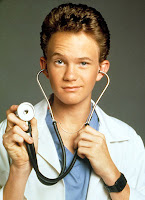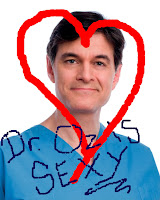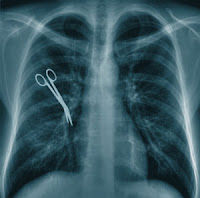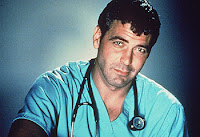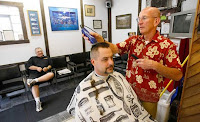 Every month I teach a chiropractic re-licensing seminar on sports injuries, and every class I say,
Every month I teach a chiropractic re-licensing seminar on sports injuries, and every class I say,
Listen, it’s so important, doctors, that you believe in what you are doing–to the degree that the patient believes you–because if either of you are uncertain, it’ll be much harder for healing to take place. Both the doctor AND the patient must believe in the treatment, and if only one believes, then it must be the doctor!
Reminds me of an experience my mother-in-law had regarding a wound that was having difficulty healing. She was seeing a doctor in her home town who recommended a skin graft, but get this, he said, “It is probably not going to work, but it might.”
When I had heard what he said, I asked my wife why her mother was following through with it. She said her mother wanted to give it a try; she wanted to believe. Did it work? No. Three grafts, three failures. At the time, I was peeved that the doctor would approach things in that way. Why would he even go through the procedure if he thought it wouldn’t work?
After the third try failed, to his credit, he did recommend that she check out the NYU Wound Healing Center. I decided to do some research on the Center, and what did I find right on their website homepage:
Under our innovative, comprehensive, and compassionate care system, healing is not just an outcome, it’s the expectation. This philosophy that every wound can heal is the focus of care at every level – from our wound clinic to the operating room to our research laboratories.
 Duh! I mean what the heck? If the doctor doesn’t believe the treatment will work, why would the patient? Here, we’re going to staple your eyelids shut and we’ll check your hemorrhoids in a week…but it’s probably not going to work. Cha-ching!
Duh! I mean what the heck? If the doctor doesn’t believe the treatment will work, why would the patient? Here, we’re going to staple your eyelids shut and we’ll check your hemorrhoids in a week…but it’s probably not going to work. Cha-ching!
 The beliefs of both parties in the health care team are an important part of the healing process. That is exactly why all healing-arts help some people some of the time, yet none helps all people, no matter how effective it is. There is no such thing as 100% success rate in health care.
The beliefs of both parties in the health care team are an important part of the healing process. That is exactly why all healing-arts help some people some of the time, yet none helps all people, no matter how effective it is. There is no such thing as 100% success rate in health care.
But the caveat is that doctors don’t know which people they are going to help and which they are not. So….it is imperative that doctors approach ALL patients as the ones they are going to help. If you truly think you are not going to help any one person–and doctors, we have all had patients enter our practices that we knew we couldn’t help–tell them so and refer them out! How a doctor handles that patient, the one they know they can’t help, is what really counts in the end. Good doctoring is certainty.
My mother-in-law went to NYU and guess what? Her wound healed. Go figure.

